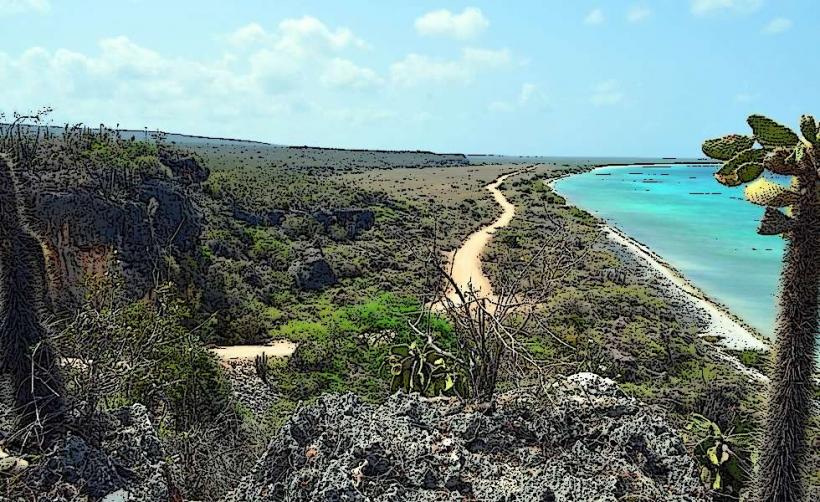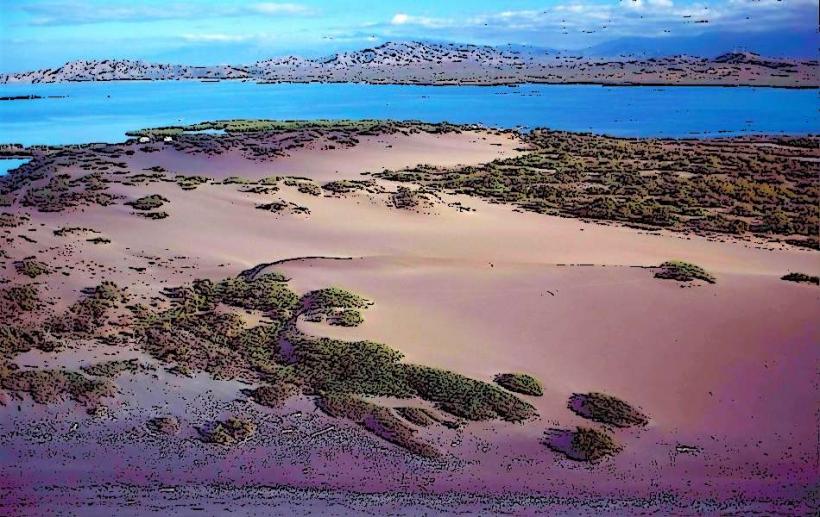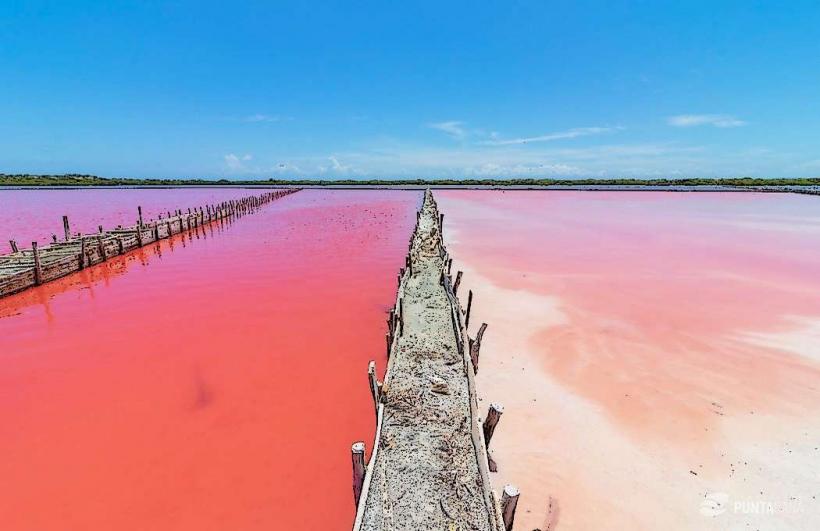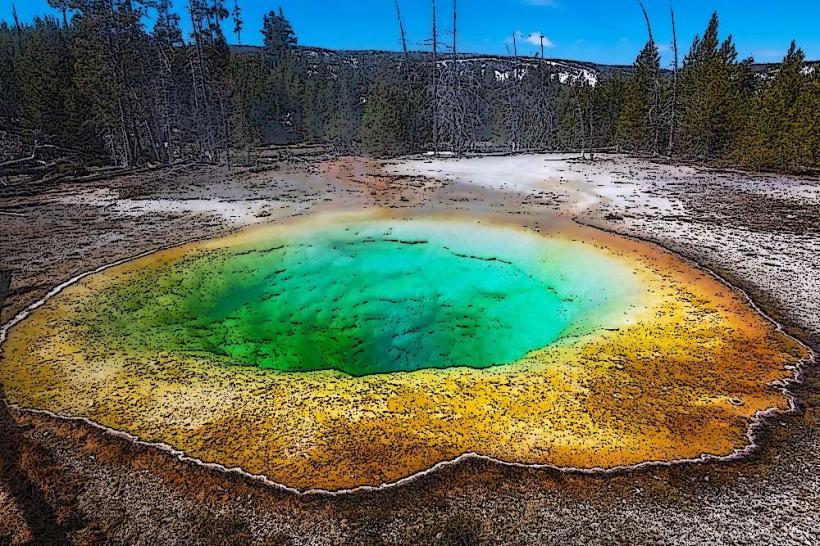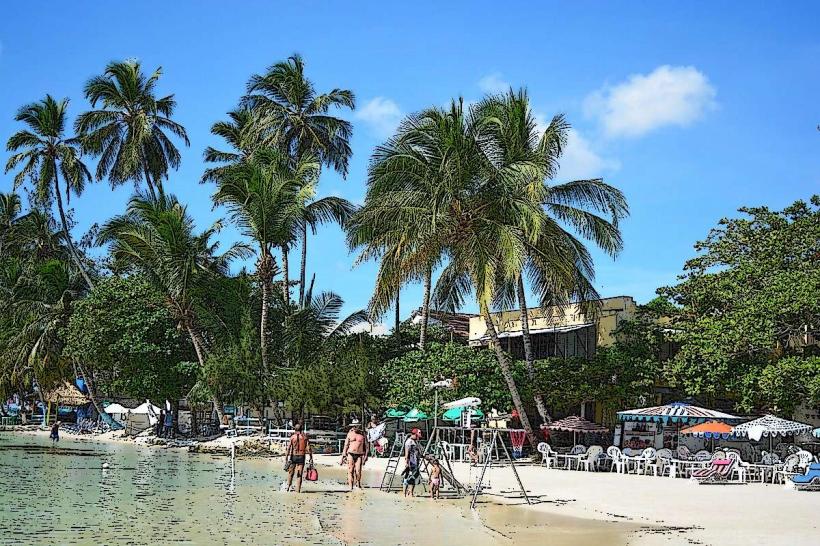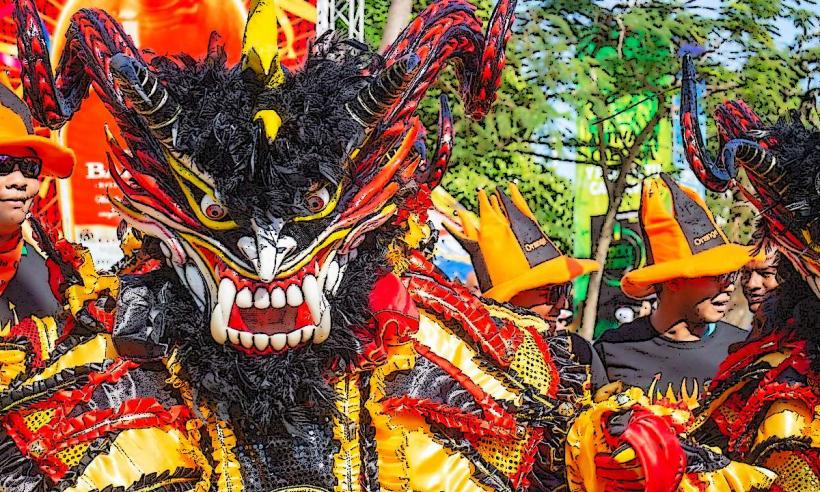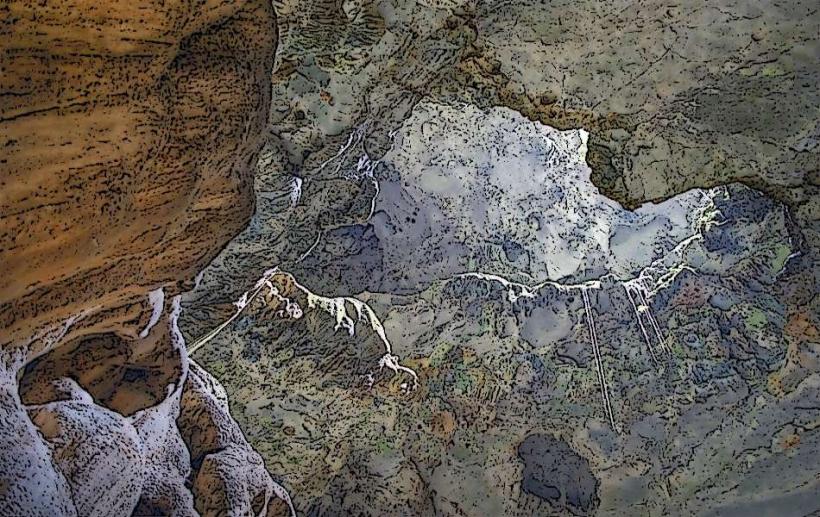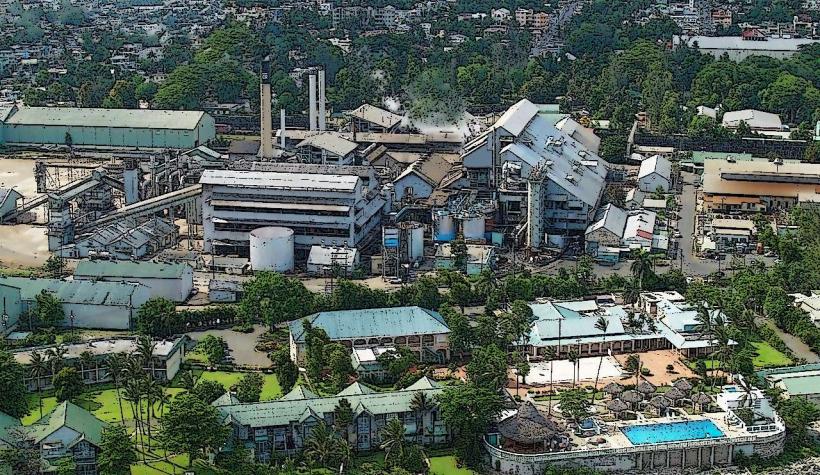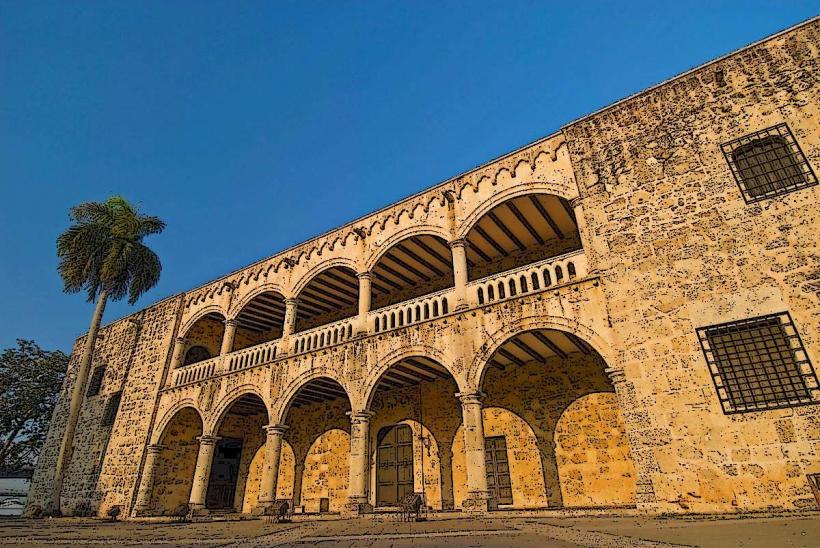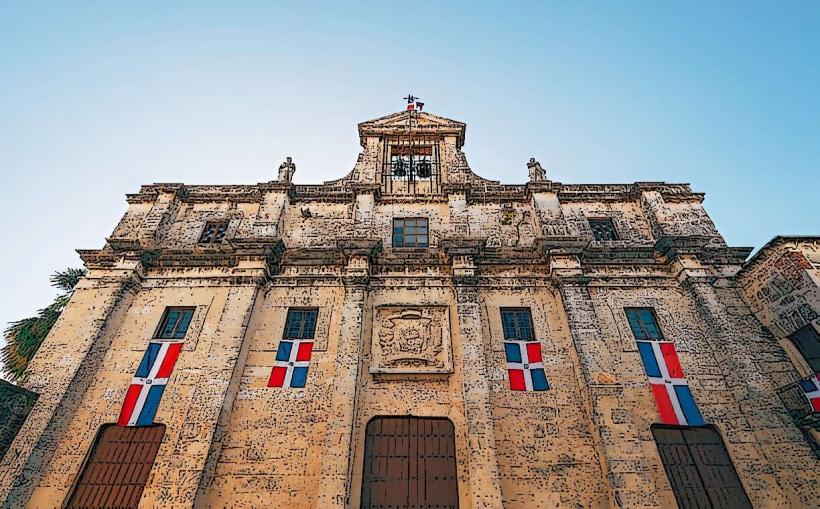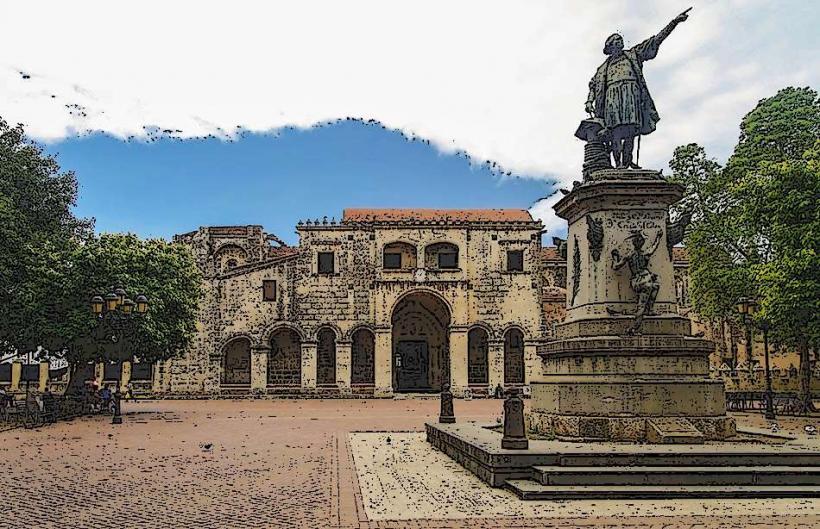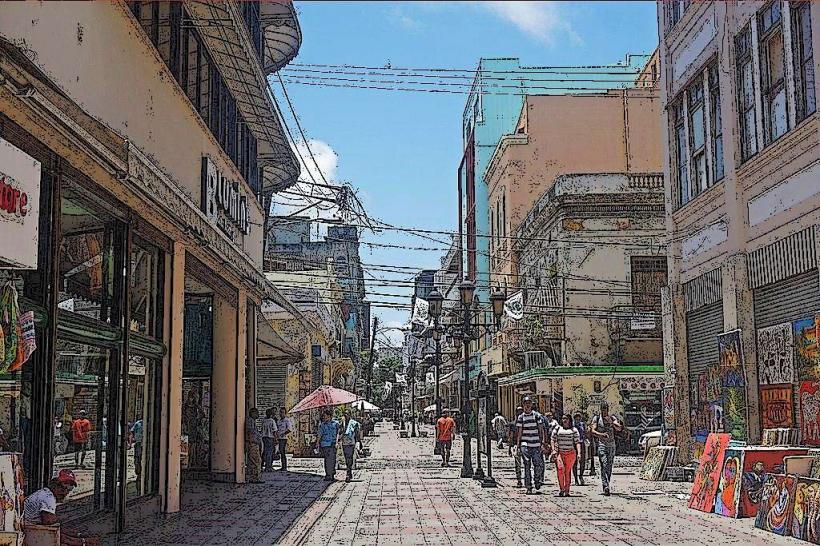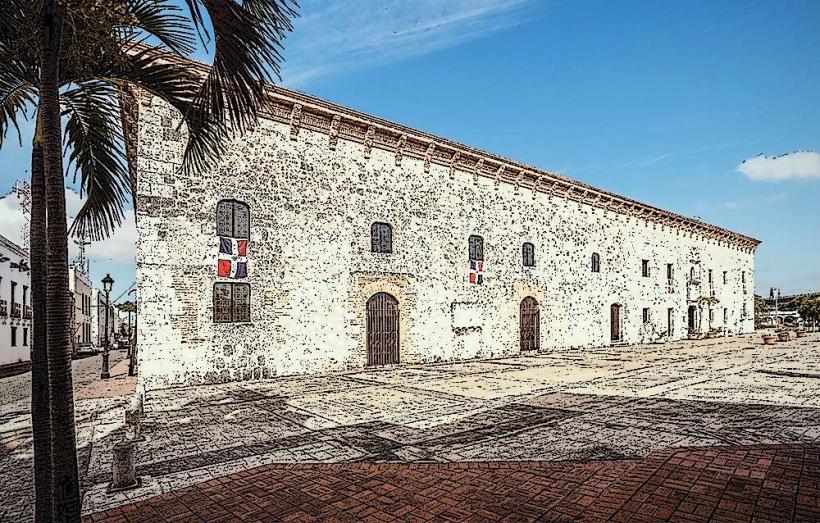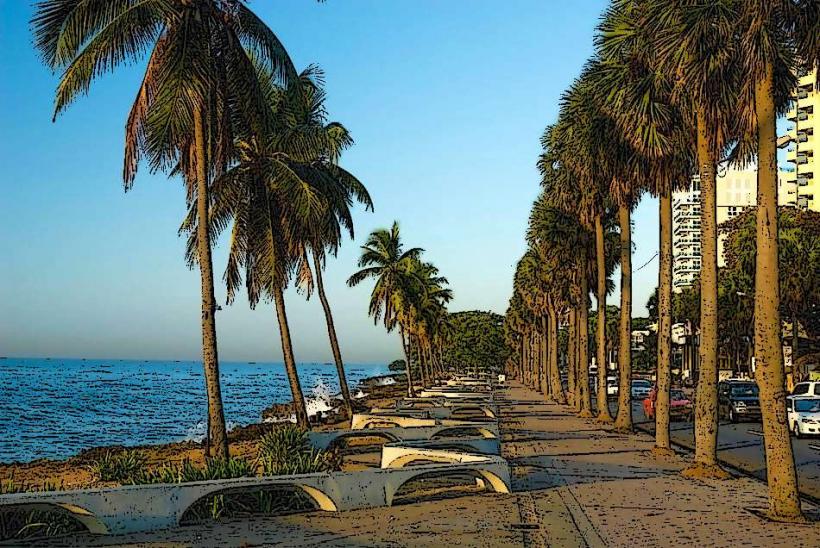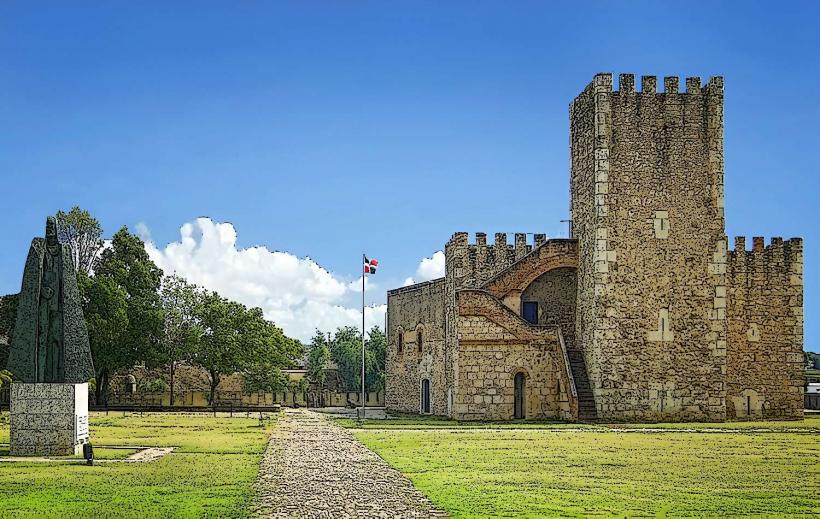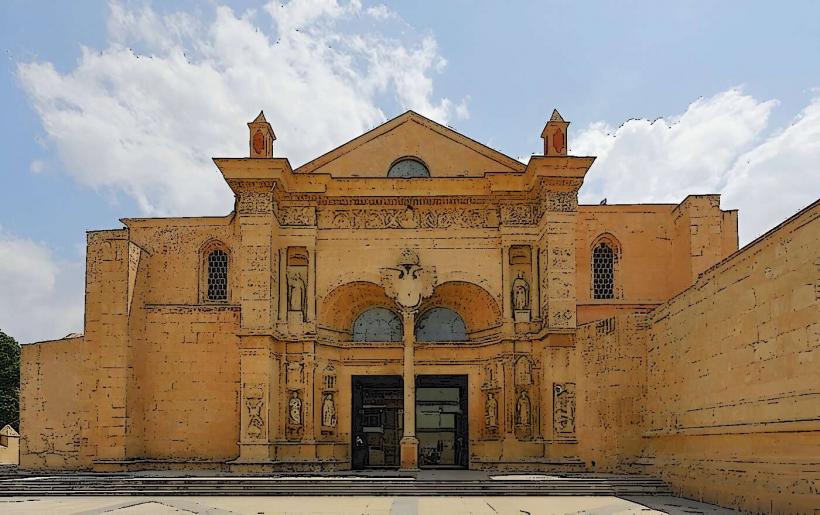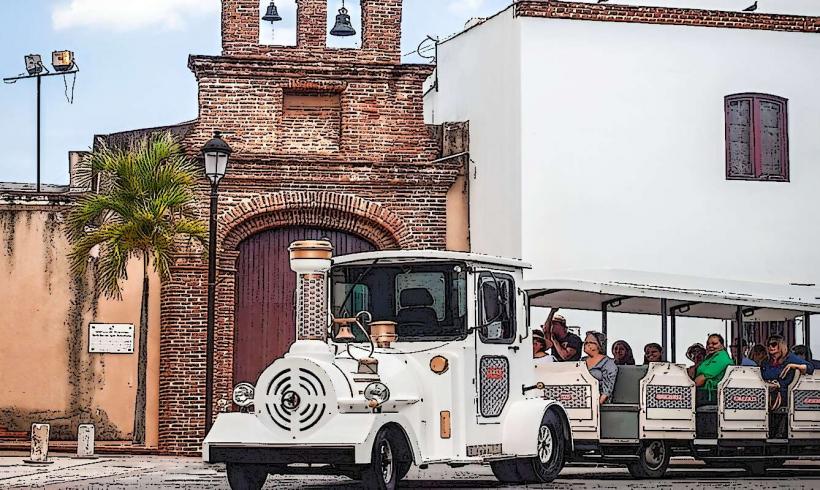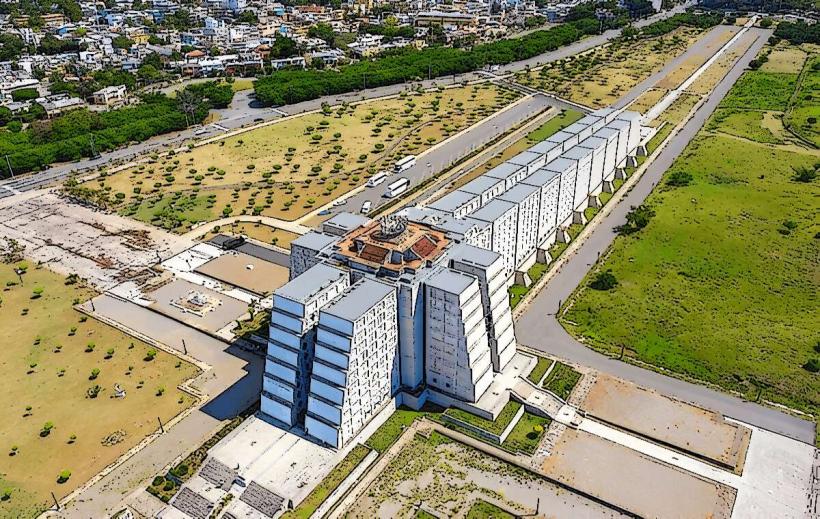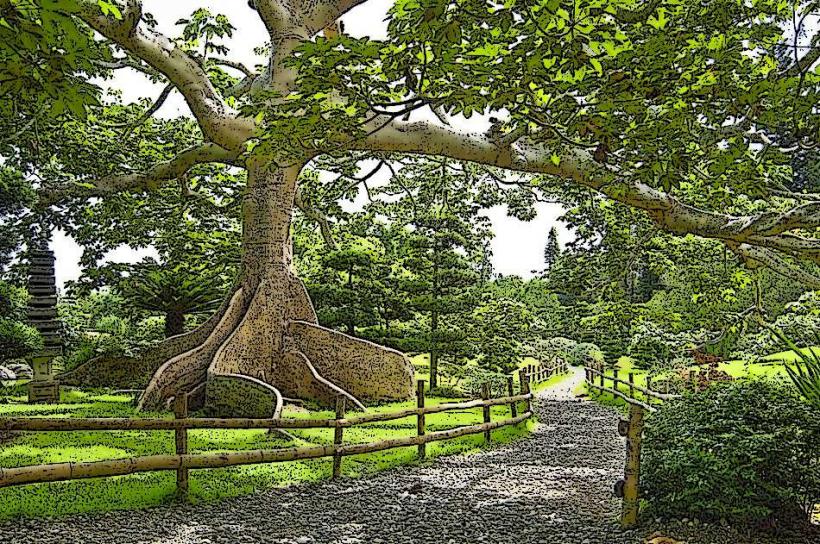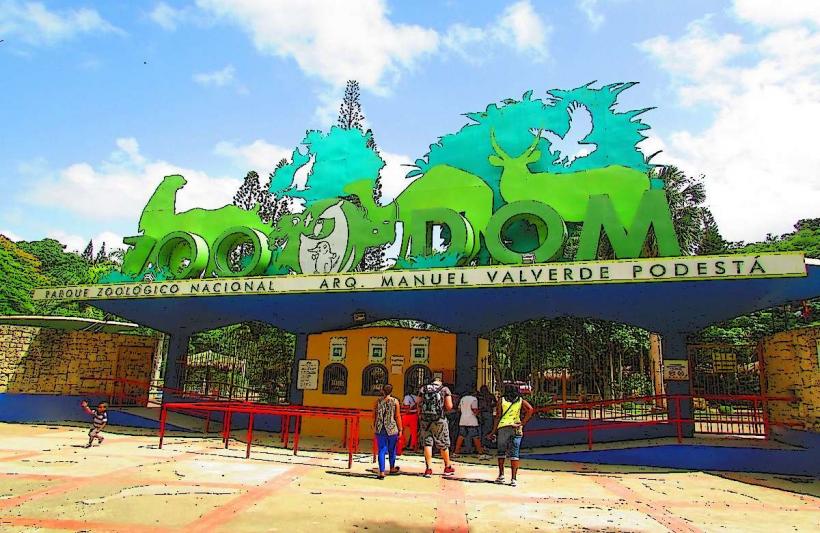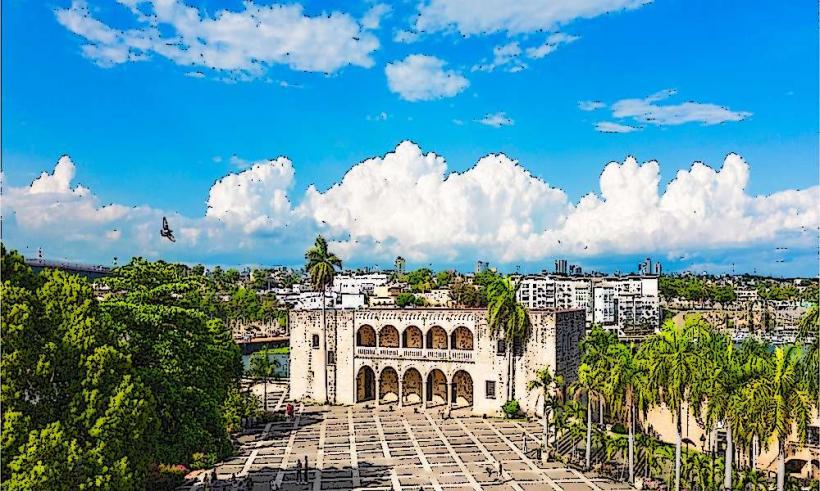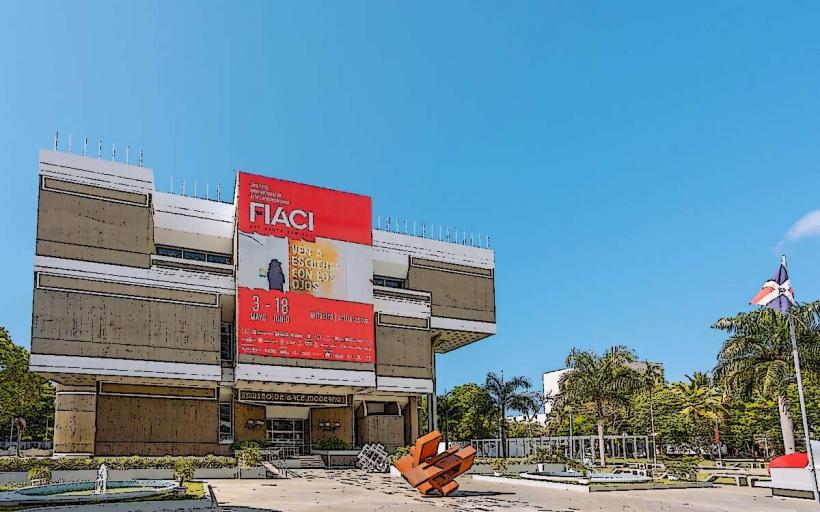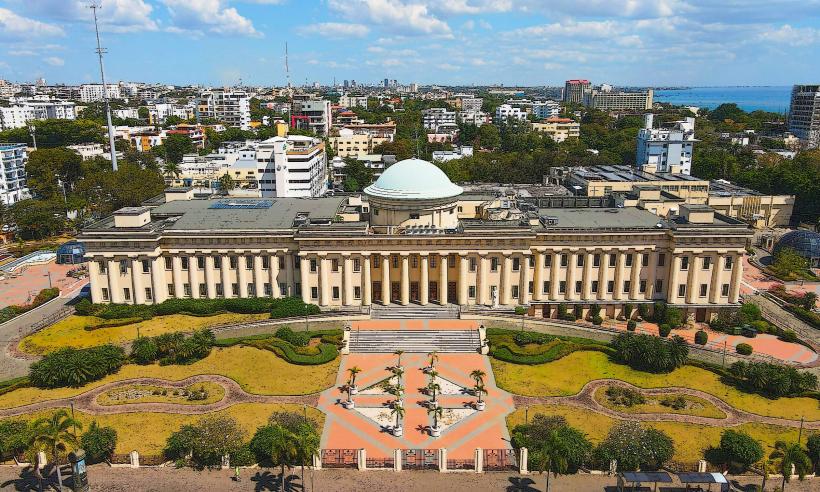Information
Landmark: Museo del Hombre DominicanoCity: Santo Domingo
Country: Dominican Republic
Continent: North America
The Museo del Hombre Dominicano (Museum of Dominican Man) in Santo Domingo, Dominican Republic, is one of the most significant cultural institutions in the country. It is dedicated to preserving and showcasing the history, anthropology, and cultural heritage of the Dominican Republic, with a particular focus on its indigenous roots and the evolution of its society. The museum offers an in-depth exploration of the nation's diverse peoples, from the Taíno indigenous communities to the African, European, and Caribbean influences that shaped Dominican identity.
Overview of Museo del Hombre Dominicano
Location: The museum is located in the Plaza de la Cultura Juan Pablo Duarte, close to other major cultural landmarks in the heart of Santo Domingo, including the National Theater, the Museum of Modern Art, and the National Library.
Foundation: The museum was founded in 1973 as part of the Dominican Republic’s efforts to preserve and highlight its cultural history and heritage. The museum was created with the goal of providing visitors with a deeper understanding of the origins and evolution of the Dominican people.
Mission: The Museo del Hombre Dominicano seeks to preserve, research, and showcase the anthropological and historical development of the Dominican Republic. It focuses on the country’s indigenous peoples, the impact of colonization, the slave trade, and the subsequent shaping of the Dominican identity through various cultural and social movements.
Key Exhibits and Collections
The museum's collections cover a broad spectrum of topics related to the history and culture of the Dominican Republic. Some of the most notable exhibits include:
Taíno Indigenous Culture:
- One of the museum's central focuses is the Taíno indigenous culture, the native people who inhabited the Caribbean, including the island of Hispaniola (modern-day Dominican Republic and Haiti), before the arrival of Europeans.
- The museum showcases a vast collection of Taíno artifacts, including ceramics, tools, jewelry, and carvings, that offer insights into their daily life, spirituality, and social organization. The exhibits also explore the Taíno belief systems, agricultural practices, and artistic expressions.
- The museum emphasizes the profound impact of European colonization and the eventual extinction of the Taíno people, as well as the survival of some Taíno cultural elements within Dominican society.
African Influence and Slavery:
- Another key section of the museum is dedicated to the African heritage of the Dominican Republic. The museum explores the history of the transatlantic slave trade, the forced importation of African slaves, and their cultural contributions to Dominican society.
- Visitors can learn about the African diaspora and how African customs, music, dance, and religious beliefs shaped the Dominican culture. The exhibits also discuss the impact of African slaves in the sugar plantations and their role in the country's economic and social development.
Colonial and Post-Colonial History:
- The museum also covers the colonial period and the early history of the Dominican Republic following the arrival of Christopher Columbus. It examines the Spanish colonization of the island, the establishment of the first permanent European colony in the Americas (in what is now the Zona Colonial of Santo Domingo), and the subsequent European influence on the country's culture, architecture, and society.
- Additionally, the museum explores the formation of the Dominican Republic as an independent nation in the 19th century and its development over time. It also covers important figures in Dominican history, including Juan Pablo Duarte, Francisco del Rosario Sánchez, and Juan Alejandro Acosta, who played key roles in the country’s independence movement.
Cultural and Social Evolution:
- The museum features exhibits on the cultural evolution of the Dominican people, focusing on the blending of African, European, and indigenous traditions to form a distinct Dominican identity. This includes the development of Dominican music, dance, religion, and folklore, as well as the impact of colonialism and globalization on the country’s cultural expressions.
- The museum also examines how the country's social classes and political systems evolved throughout history, with a focus on the challenges of independence, dictatorships, and democratic reforms.
Archaeological and Ethnographic Collections:
- The museum’s archaeological collection includes various objects and findings from the island's prehistoric past, helping to provide a comprehensive look at the development of human societies in the Caribbean region.
- The ethnographic collections offer insight into the customs, traditions, and ways of life of the Dominican people, both past and present. This includes clothing, household items, tools, and representations of everyday life from different periods in Dominican history.
Temporary Exhibitions and Cultural Events:
- In addition to its permanent exhibitions, the Museo del Hombre Dominicano regularly hosts temporary exhibitions that focus on different aspects of Dominican and Caribbean culture. These exhibitions often cover themes such as art, history, social issues, and contemporary Dominican culture.
- The museum also organizes cultural events, such as lectures, workshops, and performance art, aimed at educating the public and fostering discussions about the country’s cultural identity.
Educational Programs and Outreach
Workshops and Educational Programs:
- The museum offers workshops and educational programs for children, students, and adults. These programs focus on the museum’s exhibits and encourage visitors to engage with the topics of anthropology, history, and cultural heritage.
- The museum often collaborates with schools and universities to provide guided tours and educational materials that help students understand the cultural and historical significance of the museum’s collections.
Cultural Outreach:
- The museum has a strong outreach program, collaborating with other institutions and cultural organizations in the Dominican Republic and beyond. These partnerships help expand the museum's role in the cultural life of the country and promote its mission to preserve and share Dominican heritage.
Visitor Experience
Interactive Exhibits:
- The museum features a variety of interactive exhibits, especially for younger visitors, to help them engage more fully with the museum's educational content. These activities make the museum experience more dynamic and fun.
Guided Tours:
- The museum offers guided tours in both Spanish and English, allowing visitors to gain a deeper understanding of the exhibits and their significance in the context of Dominican history. The tours are led by knowledgeable guides who provide valuable insights into the museum’s collections.
Gift Shop and Café:
- The museum has a gift shop where visitors can purchase books, art, jewelry, and souvenirs related to Dominican history and culture.
- There is also a café in the museum where visitors can relax and enjoy a meal or refreshments after touring the exhibits.
Practical Information
Opening Hours: The Museo del Hombre Dominicano is generally open from 9:00 AM to 5:00 PM, Monday to Friday. It may be closed on holidays or for special events, so it’s recommended to check before visiting.
Admission Fees: There is a small admission fee for visitors. Discounts are often available for students, seniors, and groups. The museum may also offer free admission on certain days or for special events.
Getting There: The museum is located in the Plaza de la Cultura Juan Pablo Duarte, which is easily accessible by public transportation, taxi, or private car. There are parking facilities nearby for visitors traveling by car.
Conclusion
The Museo del Hombre Dominicano is an essential destination for those interested in understanding the deep cultural roots of the Dominican Republic. Its rich collections, focused on the country’s indigenous, African, and European influences, offer a comprehensive view of the history and evolution of the Dominican people. Whether you are a history enthusiast, an anthropology student, or a curious traveler, the museum provides an engaging and informative experience that will deepen your appreciation for the diverse and vibrant heritage of the Dominican Republic.

